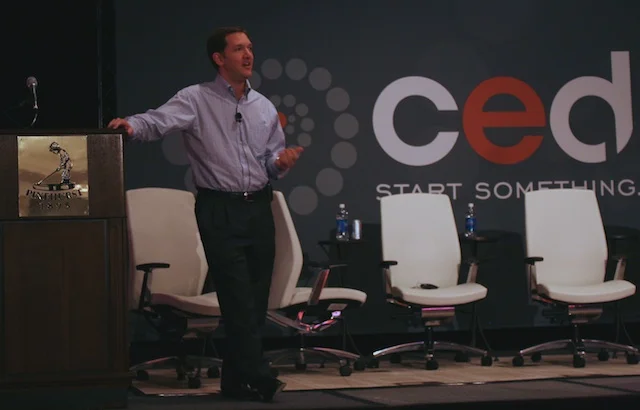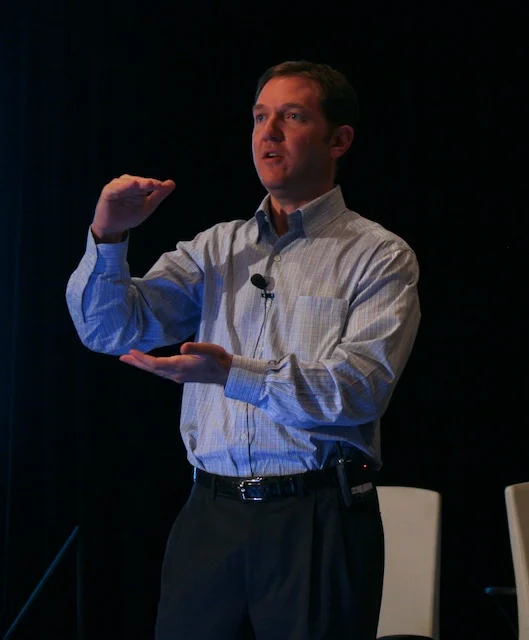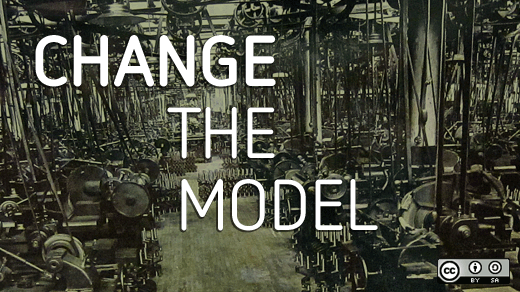Companies that are creating massive value typically aren’t building a better mousetrap. They’re not improving on existing technologies or simply adding new features. Instead, they’re changing the business model. This was the message behind Red Hat CEO Jim Whitehurst’s keynote at today’s CED Venture 2010 Conference.
The conference, held in Pinehurst, NC, brings together more than 500 entrepreneurs and venture capitalists to discover where innovation is happening today and to find those young companies that will transform business tomorrow. A community where ideas and investments come together.

To create transformative business models, Whitehurst suggests, you can start by looking at customer problems. What problems are they having today? Where are current models broken? And then working from there to change the business model entirely, and with it the customer experience.
Whitehurst cites what makes Red Hat unique in this regard. The real innovation wasn’t simply around the software itself, but around the business model and changing the way software was delivered, which was enabled by the open source model and its principles.
He also draws from his previous experience in the airline industry as Delta’s Chief Operating Officer. He said one of the problems with the airline industry is that they can generate massive amounts of value for society in the service they provide, but often very little value for themselves.
Whitehurst believes this is one of the keys for any company wanting to build their business. They have to seek ways to not only generate value through the power of participation, but to change the business model to generate value for themselves to make the business sustainable.
These kinds of opportunities to change the model exist everywhere.
One example based on his own recent personal experience was in healthcare. “If there is an industry so ready for business model innovation, it has got to be healthcare,” he said.
He said anyone who has visited a loved one in a hospital knows that inefficiencies exist everywhere. That’s because it’s not designed around the patient. The functional specialties are extraordinary, which meant specialists would visit at all hours of the night to perform an individual function such as checking IV lines or blood pressure. Whitehurst joked that if the airline industry worked in this way, if they hadn’t learned how to optimize their processes, planes would have never gotten off the ground.

“Companies typically get caught in their current model and they optimize to it.” Whitehurst said. In the airline industry it was all about process and coordinating the massive list of factors that need to fall into place for a plane to fly: Schedules, windspeed, weight, fuel, regulations, passengers, pricing, weather, the list goes on. “But the airline industry is built to do that, and we did it a thousand times a day,” he said. “We’d optimized to that process.”
The real issue in healthcare wasn’t the technology itself, but in the difficulty in solving the customer’s problem. “In the same way that [Red Hat] saw in the technology space that there was a fundamental problem with the way technology was being delivered by software companies to IT departments, there’s a fundamental problem in the healthcare system about the way healthcare is being delivered to customers.”
According to Whitehurst, companies today have a greater opportunity than ever to solve customer problems by creating transformative business models--for three key reasons:
- The changes in technology brought about by open source and the cloud make it easy to create IT infrastructure very quickly.
- The growing acceptance of the power of the participation enables customers to become more involved and companies to get help from the community.
- The 21st century workforce provides people who are open to new ideas and are looking to break down hierarchy and create meritocracy.
“Every industry has built brittle, optimized systems around the way the world was 20 years ago when those companies were originally successful,” he said. “The potential for new ideas, for entrepreneurs to come in, to redefine business models has never been higher.”






Comments are closed.